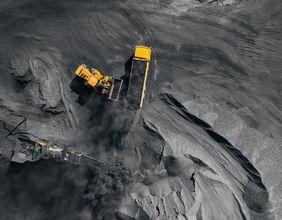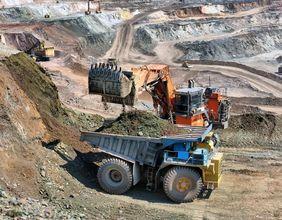Highlights
Australian Government supports low-emission iron production through NeoSmelt’s Kwinana project
BlueScope, BHP, Rio Tinto, Woodside, and Mitsui collaborate on electric smelting furnace technology
Kwinana facility positioned as Australia's largest electric ironmaking pilot plant
The Australian Government has announced a major initiative in the green metals sector, towards a front-end engineering design (FEED) study at the proposed Kwinana green iron facility in Western Australia. This significant funding underpins a joint venture named NeoSmelt, involving some of the country’s major listed players such as BlueScope (ASX:BSL), BHP (ASX:BHP), Rio Tinto (ASX:RIO), Woodside Energy (ASX:WDS), and Mitsui Iron Ore Development.
This initiative aligns closely with the ASX 200, ASX 100, and ASX 50 indices, representing a powerful shift in Australia’s industrial capabilities with a focus on environmental transformation and innovation.
Pioneering Electric Smelting Furnace Technology
NeoSmelt’s core strategy involves the development of an electric smelting furnace (ESF), aiming to replace traditional blast furnace steelmaking methods. The ESF technology is designed to significantly reduce carbon emissions in the iron and steelmaking process by eliminating the reliance on fossil fuels, a major contributor to global emissions.
This technology is expected to play a transformative role in Australia’s emissions-intensive manufacturing sector, setting the Kwinana site up as the country’s largest electric smelting pilot project. The project is currently in the FEED phase, with a final investment decision anticipated within a few years and operations targeted to commence later in the decade.
Government and Industry Collaboration
The financial backing for NeoSmelt is provided through the Australian Renewable Energy Agency (ARENA), under the Industrial Transformation Stream of the federal Powering the Regions Fund. This funding stream focuses on helping industrial hubs in regional Australia reduce emissions through renewable energy, electrification, and energy efficiency solutions.
Minister for Climate Change and Energy, Chris Bowen, highlighted that the project could create a substantial number of full-time operational roles and an even larger workforce during construction. Assistant Minister Josh Wilson emphasised the importance of ensuring the longevity and competitiveness of Australia's iron ore export industry in an evolving global market.
Expanding Australia’s Role in Green Steel
Western Australia’s involvement in this initiative is underpinned by insights from the Chamber of Minerals and Energy WA (CME), which released the ‘Realising WA’s green iron potential’ report. Analysis within the report outlines the required actions to establish large-scale green iron production facilities capable of making a measurable impact on global emissions.
According to the CME’s findings, Western Australia’s green iron industry could deliver significant economic value and job creation while contributing meaningfully to emission reduction. The Department of Industry, Science and Resources further noted the growing international demand for green iron, with projections pointing to rising volumes in a net zero emissions scenario over the coming decades.
Reinventing Australia’s Heavy Industry Landscape
The steel industry globally is one of the largest industrial sources of carbon emissions. Most steel production methods currently rely on coal-based technologies. Projects like NeoSmelt position Australia to lead in alternative production models using electric and renewable-powered methods, better aligning its industrial sector with global climate targets.
The NeoSmelt collaboration draws on the strengths of each partner company’s technical expertise, resource access, and long-term strategic alignment with carbon neutrality goals. With listed participants also included in various indices such as All Ordinaries and ASX 300, the venture contributes to reshaping Australia's industrial narrative toward sustainable outcomes.






